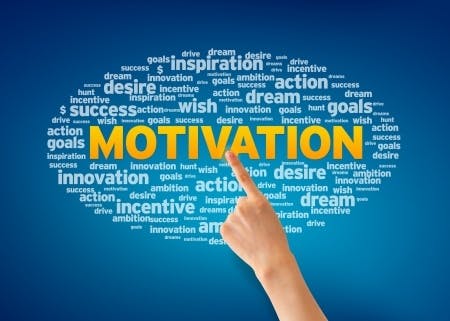There is quite the interesting debate shaping up among researchers looking into the motivational potential of recognition.
The specific question under investigation focuses on the impact that recognition has not on recipients, but on the motivations of the people surrounding those recipients.
Simply put, if I see you being recognized for excellent work, will I be motivated to step up my game — or not?
The impact of recognition on a group
In one camp, researchers with the Centre for European Economic Research found data supporting the affirmative.
In a controlled field experiment, participants were hired to complete a three-hour data-entry task. The researchers found that providing recognition to top performers drastically increased group performance, with the biggest gains driven by those who did not receive the recognition. It was hypothesized that these findings are largely attributable to a combination of conformity and reciprocity effects, as a “rising tide that floats all boats.”
But what if this effect isn’t as universal as we might expect? This is the question posed by a recent study published in Psychological Science.
A set of experiments involved grading peer assignments as part of a massive open online course (MOOC). In a phenomenon termed “exemplar discouragement,” the research team found that students who were given exemplary peer material to grade were much more likely to quit the course than students given typical peer material.
The implication for recognition in organizational settings is that individuals may respond to the recognition of others with decreased rather than increased motivation, when they perceive an outcome as unattainable.
Why your recognition strategies should include everyone
What do these findings and the larger debate tell us about designing recognition strategies and programs that will extend motivation beyond the recipients to the entire workforce?
In two simple words: Include everyone!
Here’s why:
- To encourage positive spiraling of a “rising tide.” Those who witness recognition clearly step up their games, contributing higher levels of performance. Subsequently recognizing these individuals maintains those high levels, and encourages other sets of workers to perform better. Onwards and upwards the spiral goes.
- To avoid exemplar discouragement. Instead of recognizing only the best performances, excellent contributions across all levels of your workforce can be recognized and reinforced, from stars to core performers. Everyone can see that higher performance is an attainable goal and is more likely to strive towards that goal (further reinforcing the above spiral effect).
- To measure and develop a more robust impact. The recognition-performance effect is amplified across teams, units, and geographies in your company. With the help of data analytics, leaders can nurture emerging positive spirals and encourage breadth and depth of contributions.
Motivational strategies
This notion of inclusion provides a straightforward way to reconcile the seemingly disparate findings from the research cited above: by expanding the focus from a single recognition moment to many, and from a few recipients to many.
When no one is left unrecognized, discouragement may be hard to come by.
What other kinds of strategies have you seen be successful in keeping a workforce motivated?
You can find more from Derek Irvine on his Recognize This! blog.
